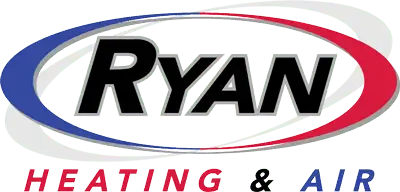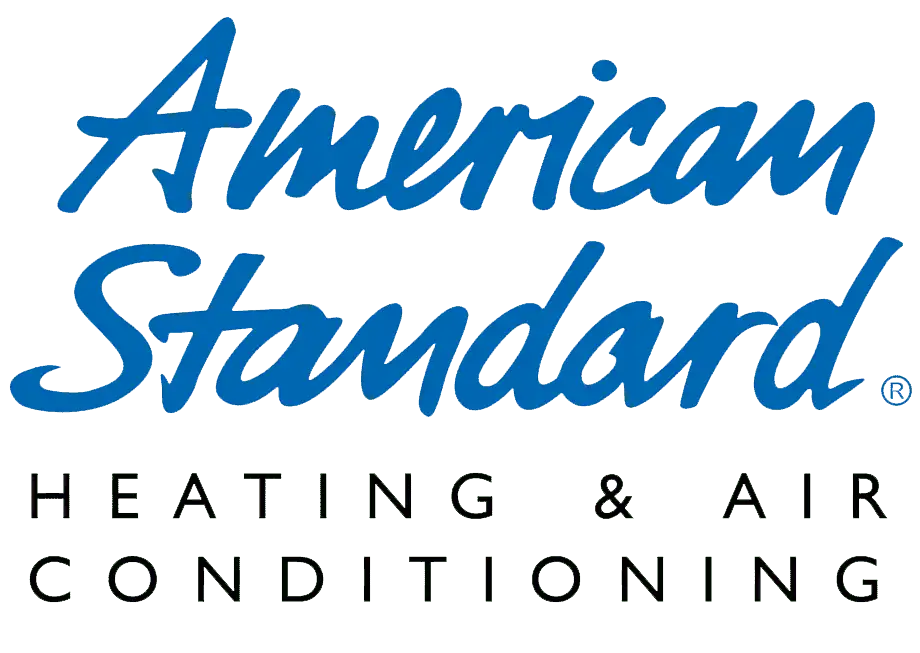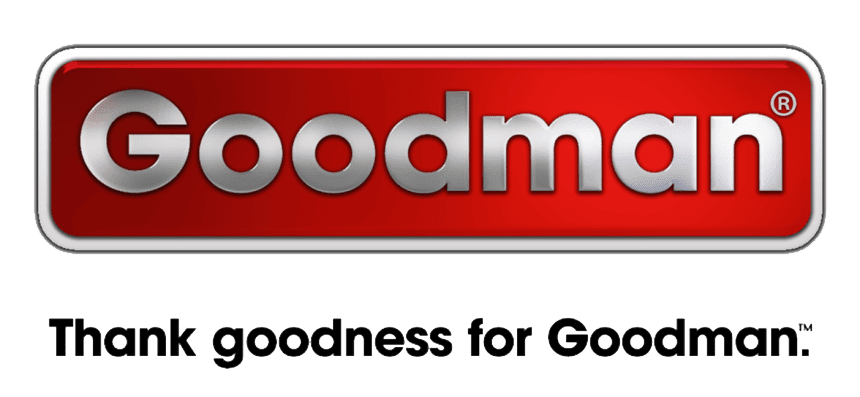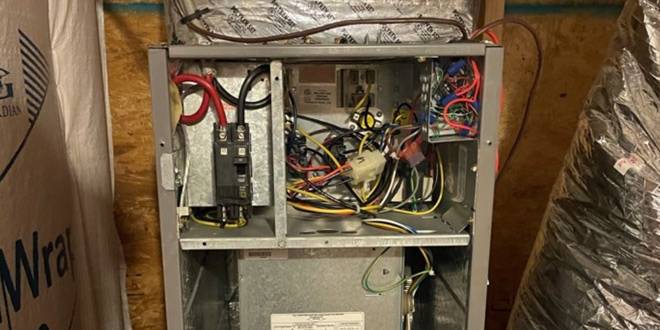
Winter’s chill can turn from a mild inconvenience to a significant concern when your furnace decides to take an unexpected break. Imagine waking up to a cold home, turning the thermostat up, and yet, the silence from your furnace is deafening. It’s a scenario no one wants to face. In this guide, we’ll walk you through a quick troubleshooting process to identify why your furnace might not be turning on. Before you reach out for professional help, these simple steps could help you pinpoint the problem in just five minutes.
1. Thermostat Troubles: The First Culprit 🌡️❌🔍
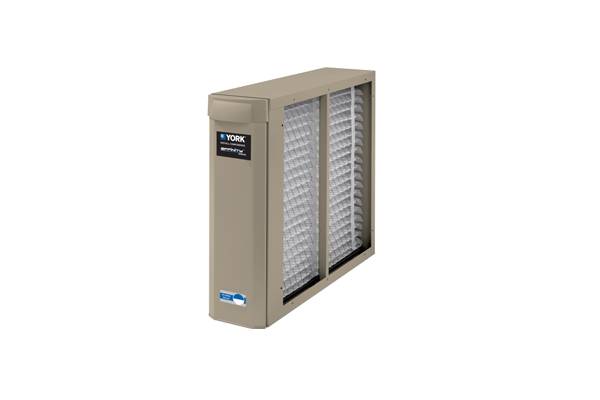
When your furnace refuses to turn on, the thermostat should be your initial checkpoint. This small device controls the heart of your home’s heating system, yet it’s easy to overlook its potential issues. Before diving into more complex furnace diagnostics, here are simple steps to ensure your thermostat isn’t the villain behind your heating woes.
Check the Settings
The most common thermostat-related issue is incorrect settings. Ensure your thermostat is set to “heat” rather than “cool” or “off.” It might seem obvious, but during seasonal transitions, it’s an easy mistake to make. Additionally, verify that the temperature setting is high enough to trigger the furnace. Sometimes, a slight adjustment above room temperature is all it takes to awaken your heating system.
Power Supply and Batteries
A thermostat without power is like a car without fuel; it won’t go anywhere. If your thermostat is non-responsive, check if it needs new batteries. For hardwired models, ensure the circuit breaker that powers the thermostat hasn’t tripped. A simple battery replacement or circuit breaker reset can breathe life back into your heating system.
Programmable Thermostat Issues
For homes equipped with programmable thermostats, incorrect programming can lead to heating schedules that don’t align with your needs. Review your thermostat’s settings to ensure it’s programmed to heat your home at the desired times. Misprogramming can inadvertently set your furnace to remain off when you expect it to be warming your home.
Thermostat Location
The location of your thermostat can significantly impact its performance. If placed near windows, doors, or in direct sunlight, it might get false readings, preventing your furnace from turning on when needed. Ensure your thermostat is located in a central part of your home, away from drafts and sunlight, for accurate temperature readings.
When to Seek Professional Help
If you’ve checked these aspects and your thermostat seems in order, but your furnace still won’t kick on, it might be time to consult with professionals. A malfunctioning thermostat might need expert diagnostics, repair, or replacement. We’re here to help diagnose and solve any thermostat issues, ensuring your home’s heating system operates efficiently and reliably.
2. Power Problems: Checking Your Sources ⚡🛑🔍
When a furnace remains unresponsive, even after ensuring the thermostat is correctly set, the next step is to investigate potential power issues. An interruption in your furnace’s power supply could be the silent culprit preventing it from springing to life. Here’s how you can safely check and restore power to your heating system, possibly solving the issue without needing to delve any deeper.
Circuit Breaker Check
The circuit breaker is often the unsung hero in protecting our homes from electrical overloads. However, it can also be the reason your furnace is not receiving power. Locate your home’s electrical panel and find the circuit breaker or fuse associated with your heating system. If the breaker has tripped, it will be in the “OFF” position or somewhere between “ON” and “OFF.” Carefully switch it to “OFF” and then back to “ON” to reset it. If your system is protected by a fuse and it appears blown, it will need to be replaced.
Safety Switch and Power Switch
Most furnaces have a safety switch or a power switch that looks like a standard light switch, located either on the furnace itself or on a nearby wall. This switch must be in the “ON” position for the furnace to operate. It’s surprisingly common for these switches to be accidentally turned off, especially if located in high-traffic areas. Ensure this switch is in the correct position before proceeding further.
Inspect the Furnace Door
Some furnace models are equipped with a safety mechanism that prevents the unit from operating if the access door is not properly secured. This feature is designed to protect users from accidental harm. Check to ensure the furnace door is fully closed and latched. A slightly ajar door can be enough to halt operation entirely.
External Power Supply Issues
Occasionally, the issue may lie beyond your home’s internal wiring and be related to a problem with your external power supply. If you suspect this is the case, especially after noticing other electrical issues in your home, it may be wise to contact your utility company. They can provide insights into any broader issues affecting your area.
When to Call for Professional Assistance
If after these steps, your furnace still shows no signs of life, there could be a more complex electrical issue at play. At this point, professional intervention is recommended. Tackling electrical problems without the right expertise can be dangerous. Our team can safely identify and resolve power supply issues, ensuring your furnace operates safely and effectively.
3. Filter Fiascos: A Common Oversight 🌀😬🔍
One of the most frequent, yet easily rectifiable reasons a furnace may not turn on is a clogged or dirty filter. The air filter’s role in your heating system cannot be overstated—it screens out dust, debris, and allergens from the air circulating through your furnace and home. Over time, the filter can become so clogged that it significantly impedes airflow, causing the furnace to overheat and shut down as a safety measure. Here’s how to tackle filter issues and potentially restore your furnace’s functionality.
Identify and Inspect the Filter
First, locate your furnace’s air filter. It’s typically found inside the furnace itself or within the air vent. Once located, carefully remove the filter and hold it up to the light. If light passes through it sparingly or not at all, it’s a clear sign the filter is clogged and needs to be replaced.
Choosing the Right Replacement
When selecting a new filter, ensure it matches the size and type recommended by your furnace manufacturer. Filters come in various ratings, known as MERV (Minimum Efficiency Reporting Value), which indicate their ability to trap different sizes of particles. Higher MERV ratings imply finer filtration, which is beneficial for air quality but may restrict airflow more than lower-rated filters. Choose a filter that balances air quality needs with your system’s requirements.
Routine Replacement Schedule
Prevent future “filter fiascos” by establishing a routine replacement schedule. The frequency can depend on several factors, including the type of filter, the presence of pets, and household dust levels. Generally, it’s advisable to replace your filter every 30 to 90 days. Setting reminders can help maintain consistent air quality and furnace efficiency.
Understanding the Consequences of Neglect
A clogged filter doesn’t just risk shutting down your furnace; it can also lead to longer-term damage. Restricted airflow forces the furnace to work harder, increasing wear and tear on its components and potentially leading to costly repairs or even premature replacement.
When to Seek Professional Guidance
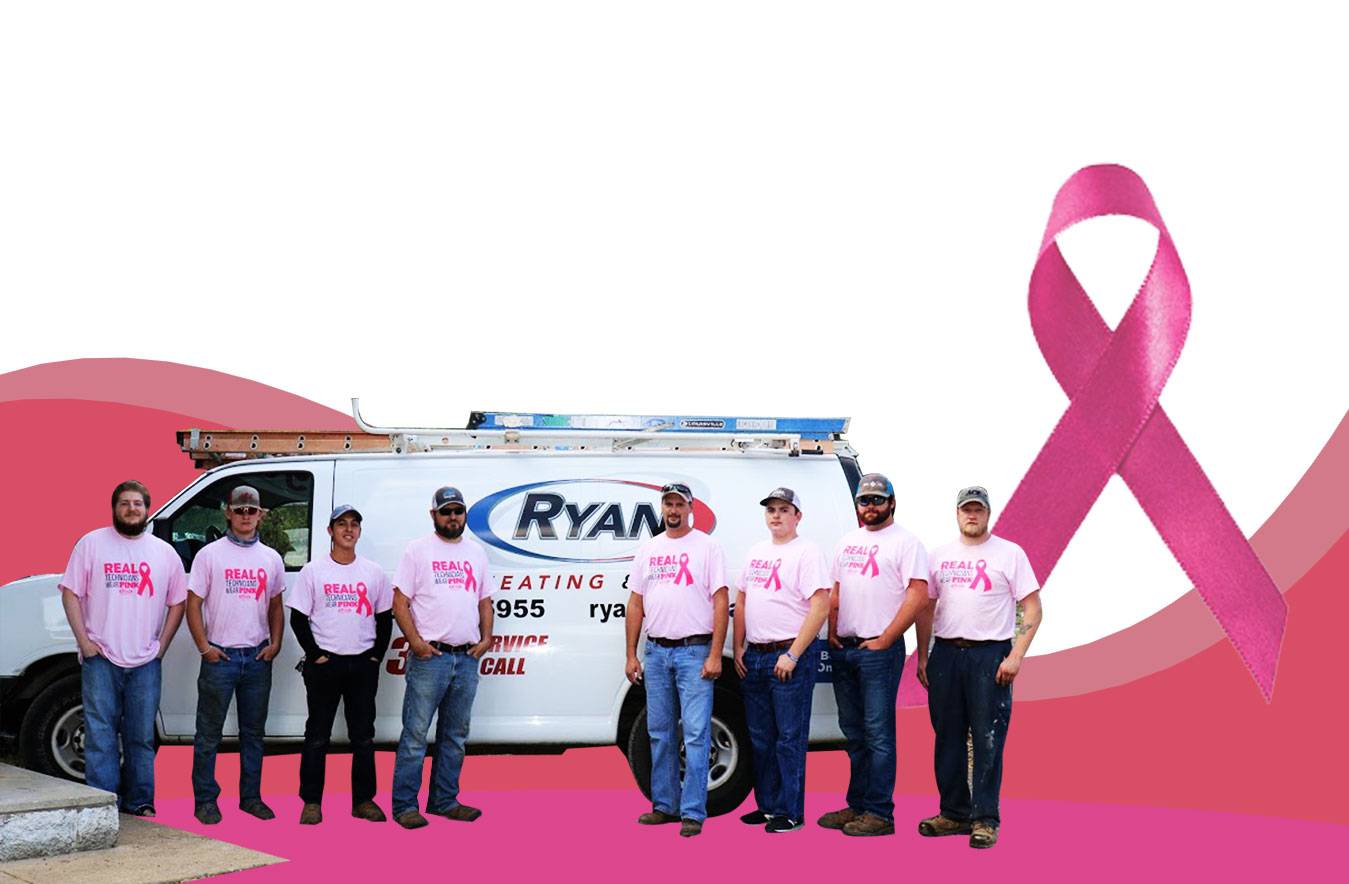
If after replacing the filter, your furnace still refuses to turn on, or if you’re unsure about the process, it might be time to consult with professionals. Not only can we assist with filter issues, but we can also perform a comprehensive check to ensure no other underlying problems are affecting your system. Regular maintenance, including professional cleaning and inspection, can extend the life of your furnace and improve its efficiency.
4. Pilot Light and Ignition: Keeping the Flame Alive 🕯️🔥🔍
For your furnace to fulfill its role of warming your home, the pilot light (for older models) or ignition system (for newer models) must function correctly. If your furnace is not turning on, it could be due to issues with these critical components. Understanding how to check and troubleshoot these elements can help you identify whether a simple fix is within reach or if professional assistance is needed.
Troubleshooting the Pilot Light
Older furnaces rely on a continuously burning pilot light to ignite the gas and produce heat. If your furnace is not turning on, the first step is to check whether the pilot light is out. Here’s a safe way to do this:
- Locate the Pilot Light Assembly: Instructions are usually found on the furnace. Turn off the furnace and wait a few minutes for gas fumes to dissipate.
- Relight the Pilot: Follow the manufacturer’s instructions carefully to relight the pilot. This typically involves turning the gas valve to “pilot,” pressing and holding it down while lighting the pilot with a match or lighter.
- Observe the Flame: The flame should be blue with a small yellow tip. If it’s mostly yellow, the pilot may need cleaning or adjustment by a professional.
Checking the Ignition System
Newer furnace models use electronic ignition systems, which can be more efficient but also prone to their own set of issues. There are two main types of electronic ignition systems:
- Hot Surface Ignitors: These glow brightly to ignite the gas. If the furnace doesn’t turn on, the ignitor could be cracked or faulty.
- Intermittent Pilot Systems: These ignite the pilot light only as needed. Failure could be due to a dirty sensor or a malfunction.
Safety First
When inspecting the pilot light or ignition system, safety should be your top priority. If you smell gas or if following the relighting instructions doesn’t resolve the issue, it’s time to step back and call in professionals. Attempting to repair gas components without proper training can be dangerous.
Professional Inspection and Repair
If the pilot light or ignition system seems to be the source of the problem and simple troubleshooting hasn’t helped, professional service is necessary. Experts can safely clean, repair, or replace these components, ensuring your furnace not only turns on but operates efficiently and safely.
Preventative Maintenance
To avoid issues with the pilot light or ignition system, consider scheduling regular maintenance checks. These checks can identify potential problems before they escalate, ensuring your furnace remains reliable throughout the colder months.
5. Maintenance Matters: When to Call the Pros 🛠️📞👨🔧
Regular maintenance is the cornerstone of a reliable and efficient furnace. While troubleshooting steps like checking the thermostat, ensuring power supply, replacing the filter, and inspecting the pilot light or ignition system can resolve many immediate issues, the importance of professional maintenance cannot be overstated. Here’s why and when it’s crucial to involve experts in the care of your heating system.
The Value of Professional Maintenance
- Expertise: Professionals have the training, experience, and tools to accurately diagnose and fix problems that might not be apparent to the average homeowner.
- Safety: Furnaces involve complex electrical and gas components. Experts ensure these systems are serviced safely, reducing the risk of accidents or malfunctions.
- Efficiency: Regular maintenance keeps your furnace running at optimal efficiency, which can lower energy bills and reduce the environmental impact.
- Longevity: By addressing wear and tear early, professionals can extend the lifespan of your furnace, saving you money on premature replacement costs.
Recognizing the Signs for Professional Help
- Unusual Noises: Rattling, banging, or whining from the furnace can indicate mechanical issues that need expert attention.
- Frequent Cycling: If your furnace turns on and off more frequently than usual, it could be a sign of a malfunction.
- Poor Performance: A furnace that struggles to maintain the set temperature or distributes heat unevenly across rooms may require a professional tune-up.
- Visible Damage: Signs of corrosion, leaks, or other physical damage to the furnace or its components should be assessed by professionals.
Scheduling Regular Maintenance
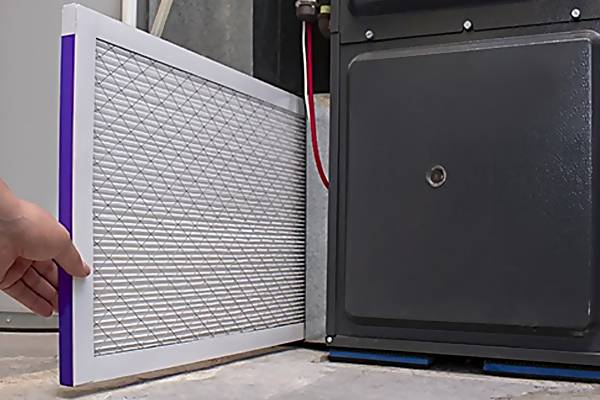
To prevent emergencies and ensure your furnace operates efficiently, it’s wise to schedule annual or semi-annual maintenance checks. These checks can uncover issues before they lead to a furnace not turning on when you need it most. A professional technician can perform a comprehensive assessment, including cleaning, inspecting, and testing all critical components of your furnace.
Customized Maintenance Plans
We offer customized preventative maintenance plans tailored to your specific needs and the demands of the Chattanooga climate. These plans not only ensure your furnace remains in top condition but also offer peace of mind, knowing that your heating system is ready to perform reliably throughout the colder months.
Ready for Warmth? 🌡️
Experience peace of mind with Ryan Heating & Air. Whether you need urgent repairs or wish to prevent future issues through regular maintenance, our team is here to ensure your home stays cozy all winter. Embrace the comfort of a reliable furnace today—contact us for expert service tailored to your needs. Let’s keep the cold at bay together! ❄️➡️🔥
